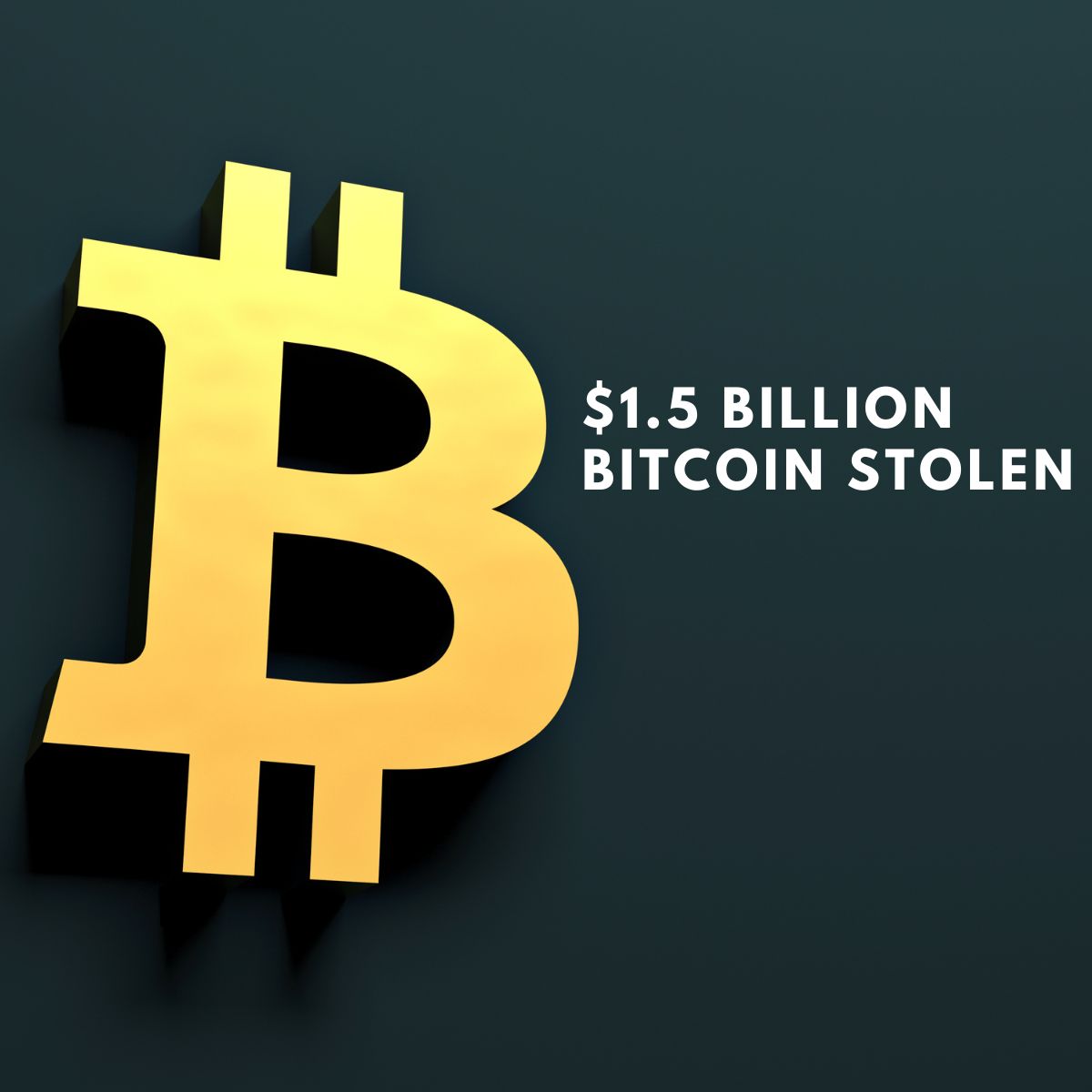As of October 29, 2024, the cryptocurrency landscape is marked by a mix of regulatory developments, technological advancements, and market sentiment shifts, impacting both investor confidence and adoption rates across various digital assets.
Market Trends and Key Players
Bitcoin (BTC) remains the most popular cryptocurrency, with ownership stable around 76% among crypto investors. Ethereum (ETH) follows, though its popularity has decreased due to competition from emerging platforms like Solana (SOL) and Binance Coin (BNB), as well as persistently high transaction fees. Other altcoins like Dogecoin (DOGE) and Ripple (XRP) also maintain strong followings. XRP has particularly gained attention after Ripple’s partial legal win against the SEC, boosting investor confidence
Regulatory Landscape and Potential ETFs
The regulatory environment for cryptocurrency in 2024 is characterized by significant developments, particularly in the U.S. and Europe. The U.S. saw a potential landmark moment when the District of Columbia Court of Appeals mandated the SEC to review and potentially approve Bitcoin ETF applications by January 2024. This ruling has fueled anticipation, with analysts predicting that Bitcoin ETFs could draw nearly $80 billion in institutional inflows over the next few years. Meanwhile, in Europe, the EU’s Markets in Crypto-Assets (MiCA) framework is expected to provide comprehensive regulations, potentially setting a global standard and attracting more institutional investors to the crypto market
Stablecoins and DeFi Growth
Stablecoins have solidified their role as essential components of the crypto ecosystem, enabling faster, more affordable transactions than traditional financial systems. In Q2 2024, stablecoin transaction volumes even exceeded those of Visa, a testament to their practicality in global payments. Additionally, decentralized finance (DeFi) continues to grow, especially with the rise of layer-2 solutions on Ethereum, which have made transactions cheaper and more efficient. These infrastructure improvements have positioned DeFi as the leading use case in crypto, representing 34% of daily active addresses
The Impact of Bitcoin’s 2024 Halving
Bitcoin’s upcoming halving event, which will reduce new BTC issuance from 6.25 to 3.125 per block, is generating high expectations. Historically, Bitcoin halvings have led to supply contractions that boost BTC prices. This event, combined with the expected launch of Bitcoin ETFs, is likely to reinforce Bitcoin’s dominance and increase mainstream acceptance as a “digital gold” investment alternative
Public Sentiment and Adoption
Public sentiment towards crypto remains cautiously optimistic, with regulatory clarity and technological advancements bolstering confidence. Around 63% of crypto holders intend to increase their investments, indicating robust demand. However, regulatory scrutiny and calls for more oversight persist, particularly among those who have yet to enter the crypto market, underscoring the need for balanced policies to encourage both innovation and investor protection
Conclusion
The cryptocurrency market in late 2024 is at a critical juncture, shaped by regulatory progress, technological evolution, and heightened investor interest in stablecoins, DeFi, and Bitcoin. The anticipated approval of Bitcoin ETFs and the EU’s MiCA regulation could provide a strong foundation for future growth, while innovations in blockchain technology continue to enhance the efficiency and utility of digital assets. As such, the next few months could be pivotal for both institutional and retail adoption of cryptocurrencies.
This mix of factors creates a promising yet volatile outlook, positioning cryptocurrency as a compelling, albeit complex, asset class for 2024 and beyond.





